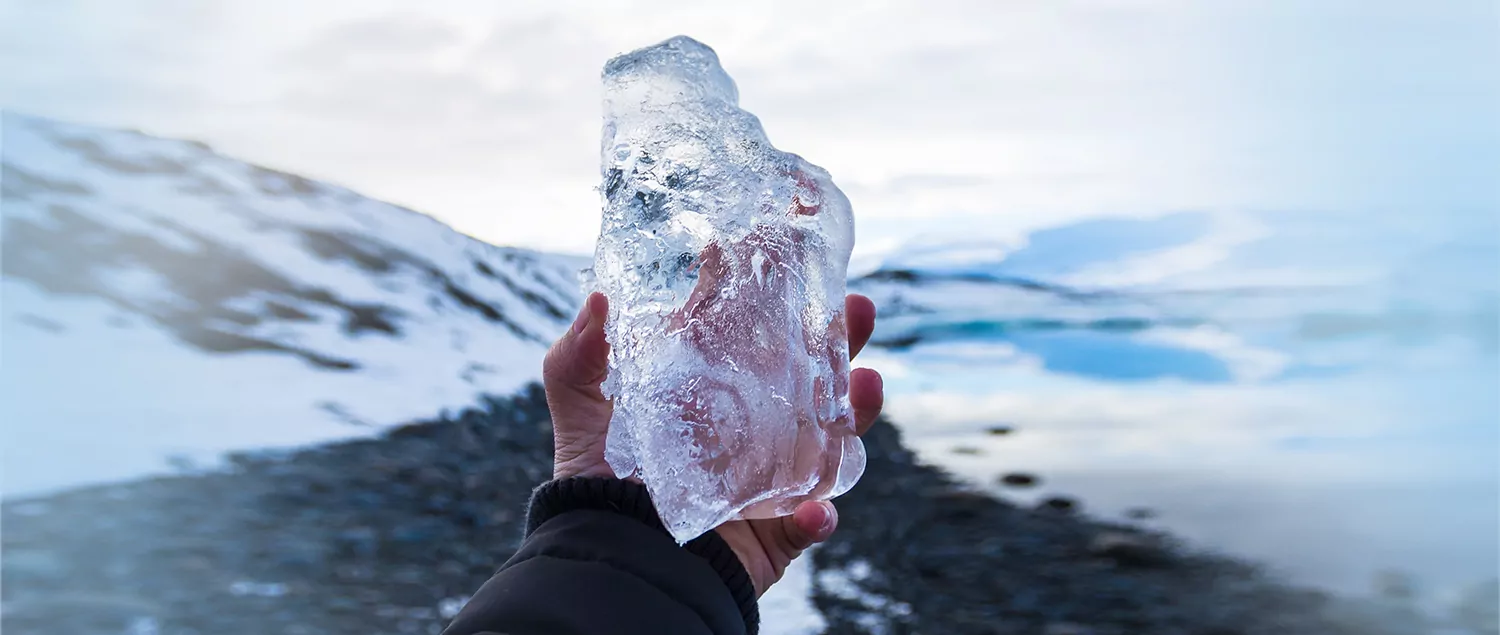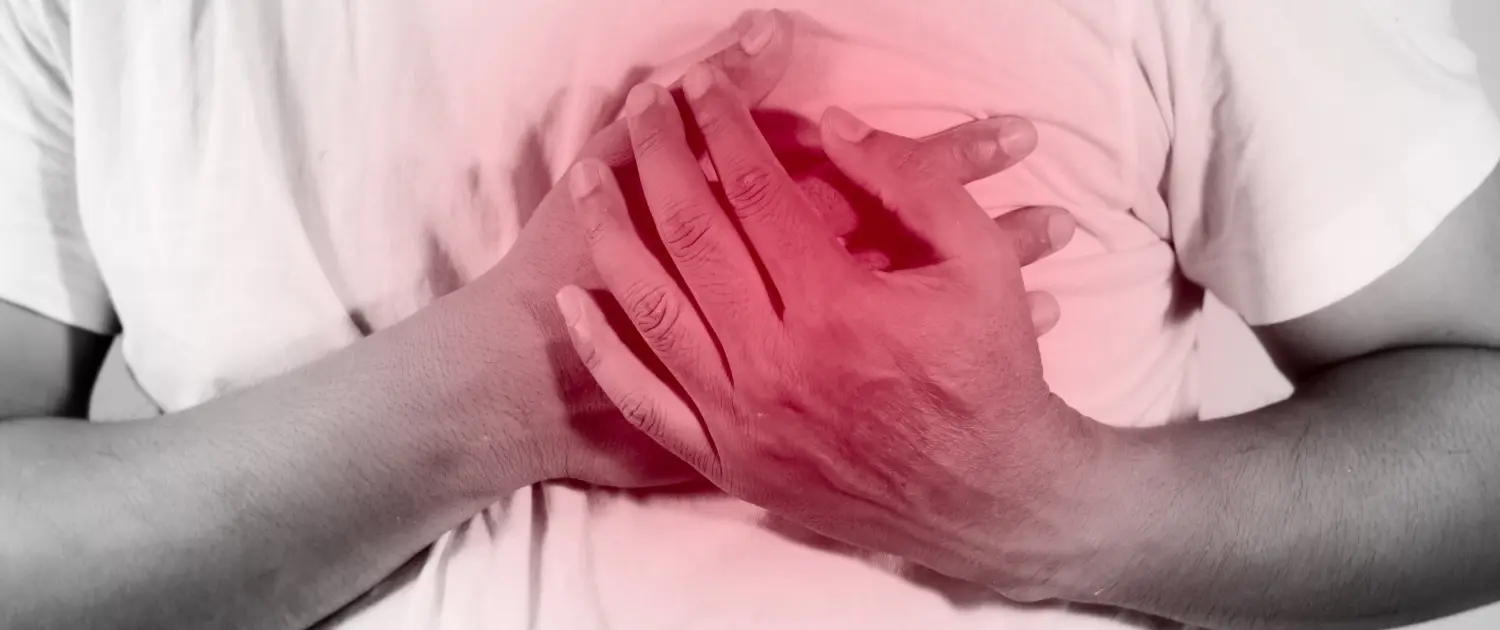Frostbite (Ice Burn)
Frostbite (frostbite) is an injury caused by freezing of the skin and tissues due to extreme cold. Cold weather damages the surface of the skin, with limbs such as hands, feet, nose and ears being affected more often and more quickly. Frostbite can cause symptoms such as tingling, numbness and even discoloration of the skin. In more severe cases of frostbite, blisters or sores may form on the skin surface. Frostbite basically refers to damage to the skin tissue in an area of the body exposed to low temperatures. If left untreated, this damage can affect deeper tissues, causing permanent disability or death. Therefore, it is important to take protective measures and keep the body warm in cold weather. It is also important not to underestimate these effects after prolonged exposure to cold and to start treatment as soon as possible under the supervision of a doctor.What is Frostbite?
“What is frostbite? ” or “What is frostbite? questions can be important for people who show symptoms of frostbite. Frostbite, also known as frostbite, is an injury caused by freezing of the skin and underlying tissues. In its earliest stages, frostbite may not cause permanent damage to the skin. Symptoms include cold skin, tingling sensations, numbness, inflamed or discolored skin. As the condition progresses, the skin may become hard or waxy. Exposed skin that is unprotected in cold and windy weather is most vulnerable to frostbite, but skin covered by gloves, beanies or other clothing can also be affected. Some patients may not realize they have frostbite until they are told. Frostbites require medical attention and in mild cases can be treated by reheating the damaged area. In severe cases, skin, muscle, bone and other tissues can be permanently damaged.What are the Degrees of Frostbite?
Frostbite has different symptoms depending on the state of frostbite. The degrees of frostbite are:- First Degree Frostbite: At the mildest level, this usually affects the surface of the skin. Symptoms may include numbness, tingling and slight redness. The skin usually heals completely.
- Second Degree Frostbite: At this level, the skin surface and underlying tissues may be more affected. Symptoms such as painful swelling, blisters and discoloration of the skin may occur. The healing process may take longer.
- Third Degree Frostbite: It is more serious and can spread to tissues under the skin. The skin freezes, turns purplish and the tissues are damaged. Left untreated, it can cause permanent damage.
- Fourth Degree Frostbite: It is the most severe level and can reach deep tissues, including muscle, bone and tendons. In this case, a large part of the tissues may be damaged and amputation may be necessary.

How Does Frostbite Happen?
“How does an ice burn happen? ” is an important question for people with symptoms of ice burns on the skin. In frostbite, low temperatures freeze the water content of the cells, causing them to crystallize. These crystals can puncture and damage cell membranes. In addition, in tissues exposed to cold, blood vessels constrict, reducing blood flow and making it difficult to supply cells with enough oxygen and nutrients. This damage to cells can lead to symptoms such as numbness, tingling and discoloration. Frostbite can cause serious skin damage if left untreated.What Causes Frostbite?
Frostbite occurs when there is frostbite of the skin and underlying tissues. The most common cause of frostbite is exposure of the body to cold temperatures, often unprotected. However, direct contact with ice, freezing metals or very cold liquids can also cause frostbite. Hands, feet and face are most commonly affected. Some conditions that cause frostbite include- Low Temperatures Frostbite usually occurs when the body is exposed to extremely low temperatures. Especially in winter, this can be triggered by bitter cold and freezing winds.
- Icebreaker Effect Cold air damages the surface of the skin and this is called the “icebreaker effect”. This effect occurs when the skin is exposed to cold and can cause damage to the surface of the skin.
- Reduced Blood Flow: When we are exposed to cold, the body constricts blood vessels to protect itself. This reduces blood flow in the tissues and prevents sufficient oxygen and nutrients from being transported to that area.
- Cellular Damage Cold also causes damage at the cellular level. Low temperatures can freeze water molecules inside the cell, which can cause perforation and damage to the cell membrane.
- Concentration on the Limbs Limbs such as hands, feet, nose and ears are the most common sites of frostbite. As circulation in these areas is already poorer, exposure to cold can have more pronounced effects in these areas.
What are the Symptoms of Frostbite?
When people are exposed to ice burn, the water in their skin cells begins to freeze. This freezing forms sharp ice crystals that can damage the structure of skin cells. The blood vessels near the skin also begin to constrict with the cold. The narrowing of blood vessels leads to reduced blood flow to the affected areas and tissue or organ damage. Symptoms of an ice burn are often similar to other types of burns, such as sunburn. The color of the skin in the affected area changes markedly. For example, depending on the degree of frostbite, the affected area and the person’s skin texture, bright red, white, blue or yellowish-gray colors may appear. Symptoms of frostbite may include- Numbness
- Itching
- Tingling sensation
- Agri
- Bubbles
- Unusually tight or waxy-looking skin
- Blue, red, yellowish-like discoloration of the skin
How to Treat Frostbite?
The question “How does frostbite go away?” is one of the questions that people with frostbite symptoms often encounter in their search for treatment. For the treatment of frostbite, it first starts with eliminating the source of cold. In mild cases, warming the affected area and gently washing it with hot water can help healing by increasing blood circulation. After the first intervention, treatment is started under the supervision of a doctor. In mild cases, warming the affected area and gently washing it with hot water can help healing by increasing blood circulation. It is also important to drink hot drinks, maintain body temperature and generally warm up. For moderate frostbite, it may be advisable to use a cloth gently warmed with warm water, apply cold compresses to inflamed areas and use painkillers to relieve pain. For swelling and blisters on the skin, the doctor may prescribe anti-inflammatory creams. However, if the frostbite is serious or if deep tissues are affected, urgent medical attention is needed. Severe frostbites may require specific medical interventions, especially for the treatment of frozen tissues. Methods such as surgery, oxygen therapy or medications can be used in the treatment process. The important thing is to start treatment immediately when frostbite symptoms are recognized and to act in a manner appropriate to the severity of the condition.Frequently Asked Questions
Frostbite can cause extreme discomfort depending on the severity of the burn. Pain and skin discoloration may occur in the burned area.
At what temperature does frostbite occur?
Frostbite usually occurs when body tissues are exposed to temperatures below freezing. This condition can be triggered by cold temperatures around the freezing point and often occurs in limbs such as hands, feet, nose and ears. The risk of frostbite usually starts to increase in the temperature range between -0.5°C and -15°C.
How many days does an ice burn last?
The healing process in ice burns varies depending on the person’s health condition, the severity of the frostbite and the treatment methods. In mild cases, recovery can occur within a few days, while in more serious cases, recovery can take weeks or months. During the treatment process, it is important to follow the doctor’s recommendations and monitor the affected area regularly.
Does Ice Burn Leave Scars?
Ice burns usually do not leave scars in mild cases and heal over time. However, in more serious cases, when deeper tissues are affected, the likelihood of scarring may increase. Scars vary depending on the size of the frozen area and the treatment process. Proper treatment of the affected area can reduce the risk of scarring.
Does an Ice Burn Go Away on Its Own?
In mild cases, an ice burn usually goes away on its own over time, but it is important to check with a doctor to examine the tissues under the skin. The healing process may vary depending on the person’s general health and the severity of the burn. However, more serious cases may require urgent medical attention and treatment.
How Does Ice Burn Redness Go Away?
The first step to relieve ice burn redness may be to wash the affected area with warm water. Warm water can soothe the skin and reduce redness. Moisturizing creams and aloe vera gel prescribed by a doctor can help the skin regain its moisture balance.
Does Ice Burn Go Away?
An ice burn is a condition that can usually heal, but the healing process varies depending on the person’s state of health and the severity of the burn. In mild cases, the affected area usually heals on its own under a doctor’s supervision and leaves no scars. In more serious cases, professional medical help and appropriate treatment can speed up the healing process and prevent possible complications.
Frostbite is a painful condition that negatively affects a person’s daily life. People who experience frostbite symptoms can make an appointment with the dermatology department of hospitals and start treatment.





